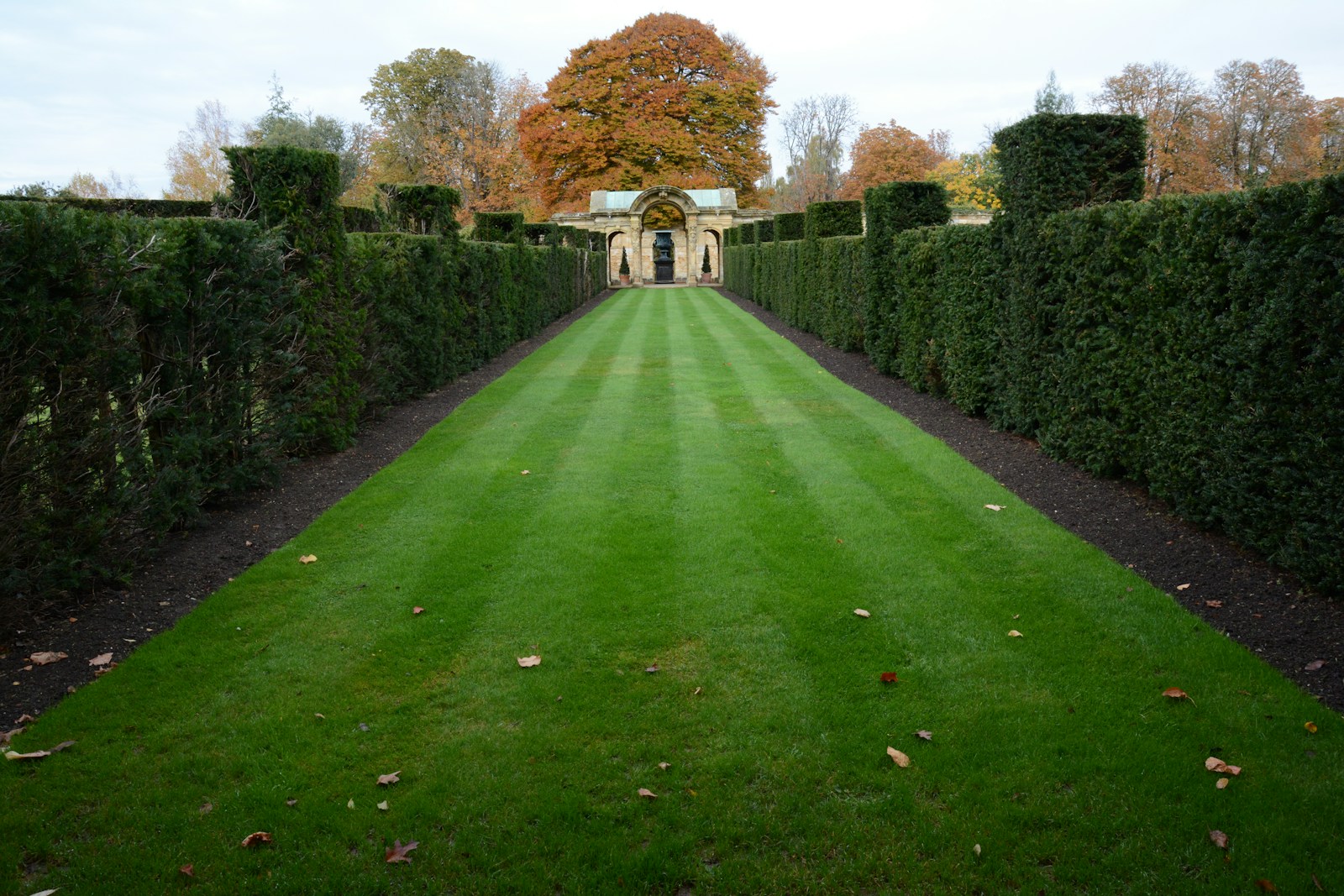If you want to attract more wildlife to your garden, building a wildlife pond is one of the very best things you can do — and May is the perfect time to get started.
The warmer weather helps plants establish quickly, and visiting creatures will soon follow!
The great news is: you don’t need a huge garden or a big budget to create a thriving wildlife pond. Even a small pond can support frogs, newts, dragonflies, bees, and birds.
Here’s your easy guide to building a wildlife pond this May:
Why Build a Wildlife Pond?
✅ Supports Biodiversity – Water attracts a wide range of species, from insects to birds and mammals.
✅ Low Maintenance – Once established, ponds largely look after themselves.
✅ Beautiful Garden Feature – Adds movement, reflections, and a sense of calm.
✅ Educational – Great for kids (and adults!) to learn about nature.
🌿 Tip: No fish needed! A true wildlife pond is best without fish, which can eat tadpoles and insect larvae.
Step-by-Step: How to Build a Wildlife Pond
1. Choose the Right Spot
✅ Pick a sunny spot that gets at least 4–6 hours of sunlight a day.
✅ Avoid positioning directly under trees (to reduce falling leaves).
✅ Make sure it’s slightly sheltered from strong winds.
🌿 Tip: A pond near other garden plants will blend into your landscape naturally.
2. Mark Out Your Pond Shape
✅ Use a rope, hosepipe, or flour to mark the outline of your pond.
✅ Go for natural, curved shapes rather than rigid circles or squares.
✅ Plan for at least one gradual slope so animals can easily get in and out.
🌿 Tip: Even a pond that’s just 1m² can have a huge impact!
3. Dig and Shape the Pond
✅ Dig the pond to different depths — include a shallow beach area and a deeper spot (around 50-60cm) for overwintering frogs and newts.
✅ Remove sharp stones or debris from the bottom and sides.
🌿 Tip: Create terraces within the pond for planting aquatic plants at different depths.
4. Line the Pond
✅ Use a good quality pond liner and a layer of pond underlay to protect it from punctures.
✅ Alternatively, recycled pre-formed pond shells are great for small spaces.
✅ Fill gently with rainwater if possible, or mains water if necessary (allow it to settle for a few days before adding plants).
🌿 Tip: Anchor the edges of the liner with flat stones or turf to hide it.
5. Add Wildlife-Friendly Plants
Choose a mix of oxygenators, marginals, floaters, and deep-water plants:
✅ Oxygenators – Water crowfoot, hornwort.
✅ Marginals – Marsh marigold, purple loosestrife, water mint.
✅ Floaters – Frogbit, water soldier.
✅ Deep-water – Water lilies for shade and beauty.
🌿 Tip: Avoid invasive non-native species like parrot’s feather or floating pennywort.
6. Create Wildlife Access
✅ Add logs, rocks, or planting shelves around the edges to create hiding places.
✅ Leave gentle ramps or sloping banks so creatures can enter and leave safely.
✅ Don’t stock with fish — let nature find its own balance.
🌿 Tip: Even a pile of stones and a few reeds can create a great mini-habitat.
Caring for Your Wildlife Pond
✅ Top up with rainwater during dry spells.
✅ Remove fallen leaves in autumn to prevent rotting matter building up.
✅ Avoid chemicals or cleaning products near the pond.
✅ Let plants grow naturally — a slightly messy pond is a good pond!
🌿 Tip: It can take a full year or two for your pond to fully establish — patience is key!
Quick Wildlife Pond Checklist
| Task | Action |
|---|---|
| Pick a sunny spot | Avoid under trees |
| Dig with varied depths | Include shallow and deep areas |
| Use a pond liner | Protect it with underlay |
| Fill with rainwater | Or allow tap water to settle |
| Add native pond plants | Oxygenators, marginals, floaters |
| Create safe edges | Ramps, rocks, and log piles |
| Let wildlife settle naturally | No fish needed! |
Final Thought: A Pond Brings Your Garden to Life!
A wildlife pond is one of the most rewarding features you can add to your garden.
From dragonflies skimming the surface to frogs croaking at dusk, your pond will soon be buzzing with life — all thanks to the simple steps you start this May.
Need Help Creating a Wildlife-Friendly Garden?
At Project Garden, we can help with:
✅ Pond design and installation
✅ Wildlife garden planting
✅ Full garden makeovers to encourage biodiversity
📞 Call 07795 800 772
📧 Email info@projectgarden.co.uk
Let’s create a garden that’s buzzing, croaking, and alive with nature!


